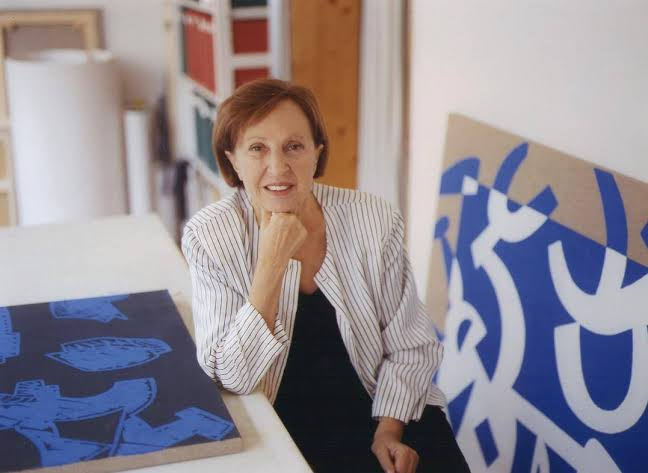
Carla Accardi
Carla Accardi was an influential Italian abstract painter closely linked to the Arte Informel and Arte Povera movements. She played a pivotal role as a founding member of the Italian art collectives Forma 1 and Continuità.
Biography of Carla Accardi
Carla Accardi was born in 1924 in Trapani, Italy. She attended the Academy of Fine Arts in Florence before relocating to Rome in 1946. There, she, alongside fellow artists, founded the art group Forma 1, which held its first exhibition in 1947.
During the 1950s, Accardi actively participated in extensive efforts to transform abstraction by combining geometric and gestural painting. This innovative approach garnered attention not only in Italy but also in France, where the art critic Michel Tapié took a keen interest in her work.
In 1953, Accardi began incorporating pseudo-calligraphic symbols into abstract visuals while simultaneously narrowing her palette to white-on-black compositions, exploring the interplay between figure and ground.
However, in the 1960s, her artworks experienced a resurgence of color, drawing inspiration from metropolitan culture and exploring optical effects.
Certainly, in 1961, she shifted to painting on sicofoil, a transparent plastic medium, departing from traditional canvas. These innovative techniques were exhibited at the 1964 Venice Biennale. As the mid-1960s approached, she began using these novel materials in a sculptural manner. In the 1980s, she returned to working with canvas, focusing on the use of symbols and chromatic juxtapositions.
In 1988, she once again took part in the Venice Biennale, and in 1994, she participated in "The Italian Metamorphosis 1943–1968" exhibition at the Solomon R. Guggenheim Museum.
Carla Accardi's paintings have found a home in numerous collections worldwide, including the Stedelijk Museum voor Actuele Kunst, Centre Pompidou, Kunstmuseum Bochum, Bonn Museum of Modern Art, Fondazione Sandretto Re Rebaudengo, and many more.
Years:
Born in 1924
Country:
Italy, Trapani
Gallery: